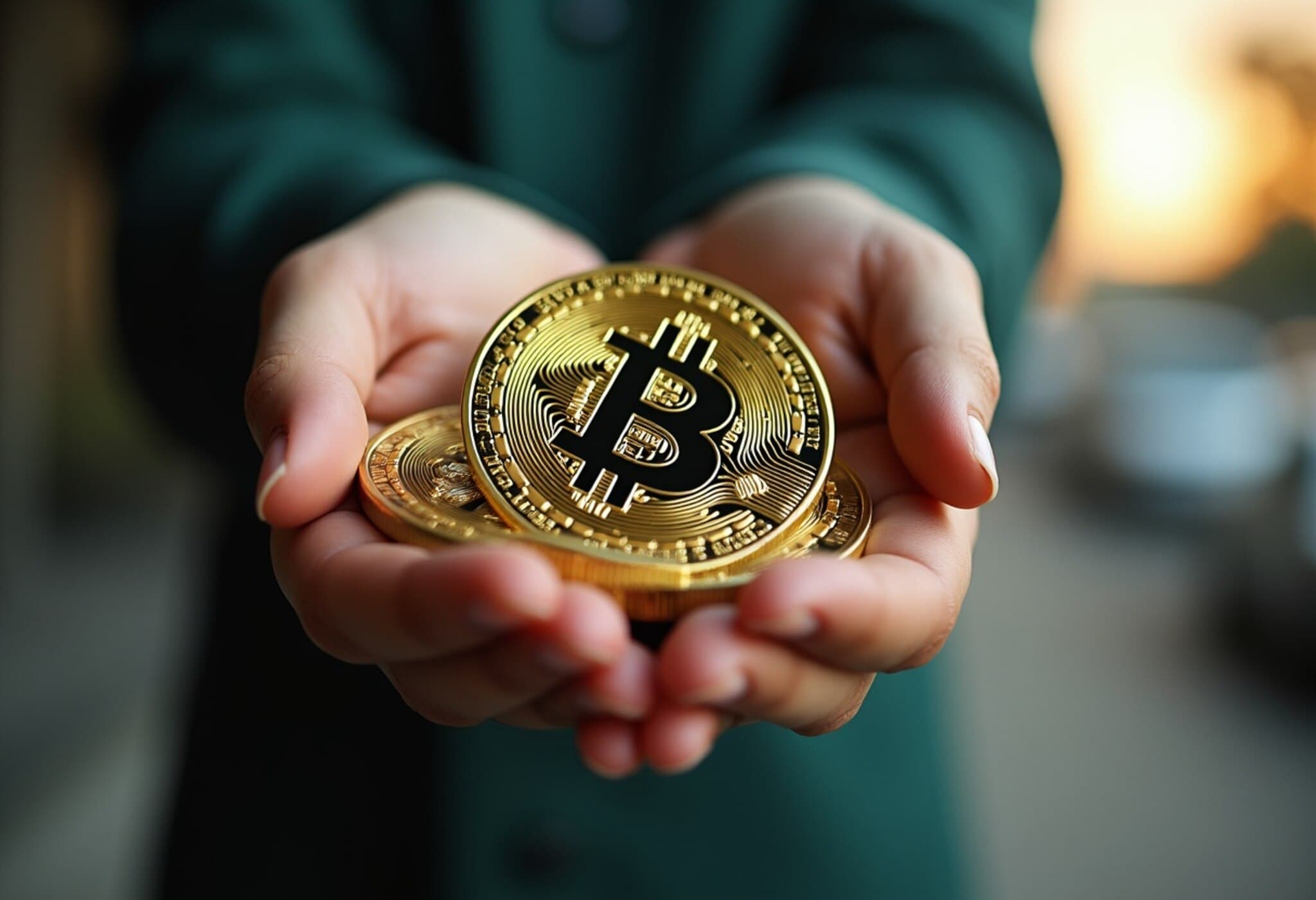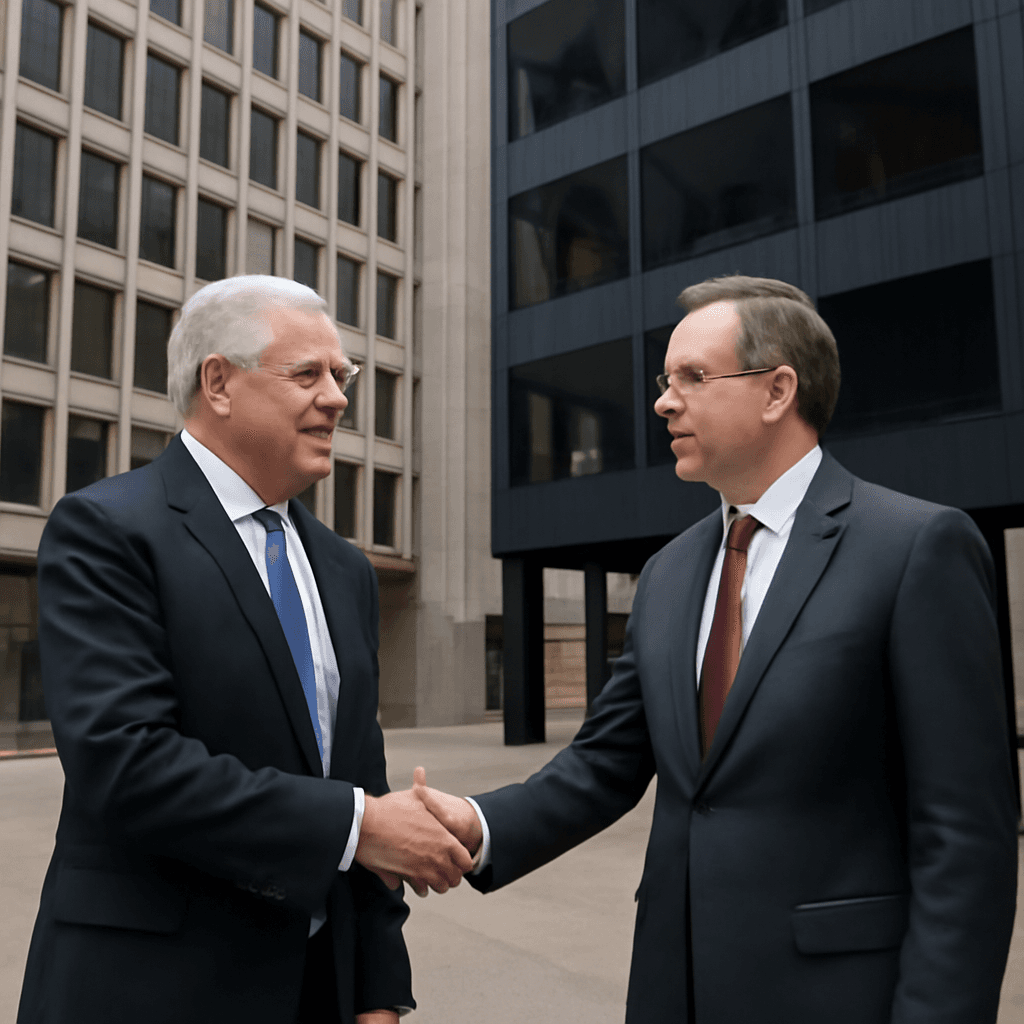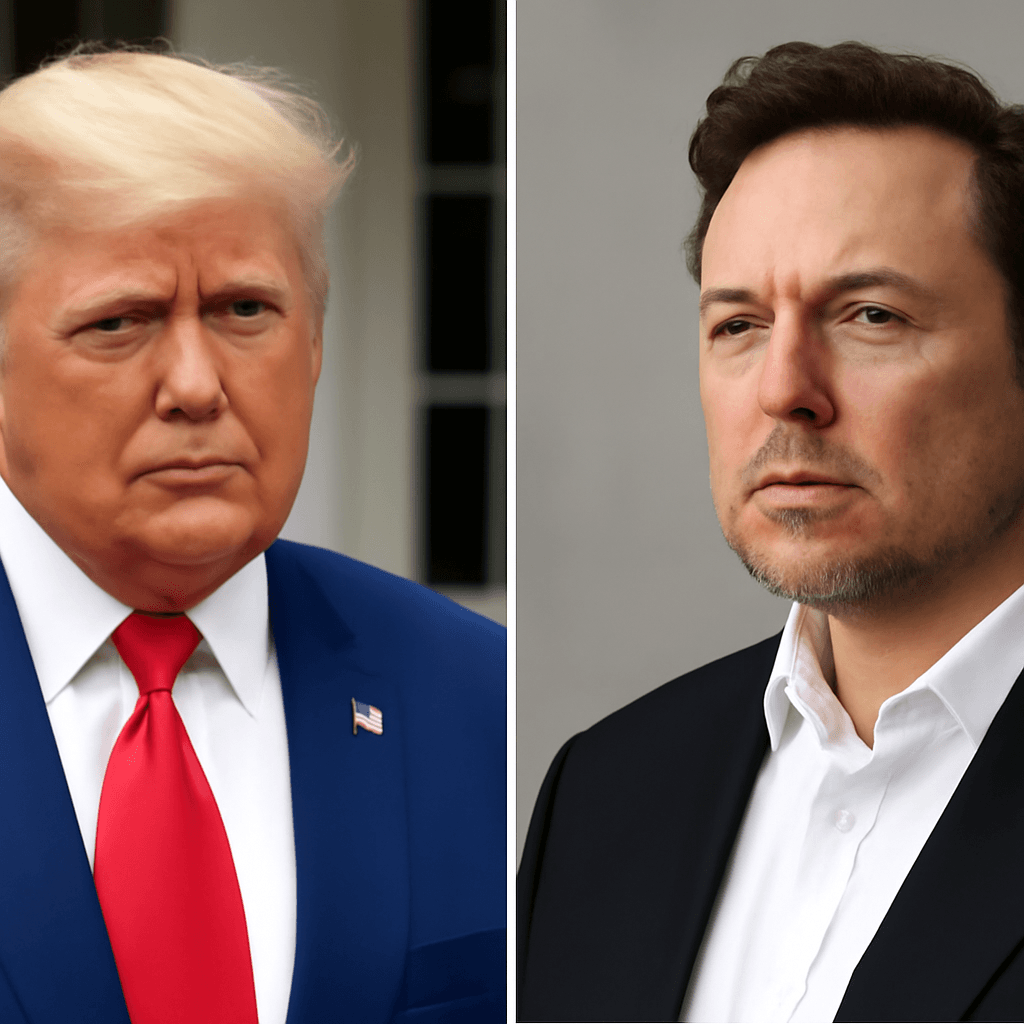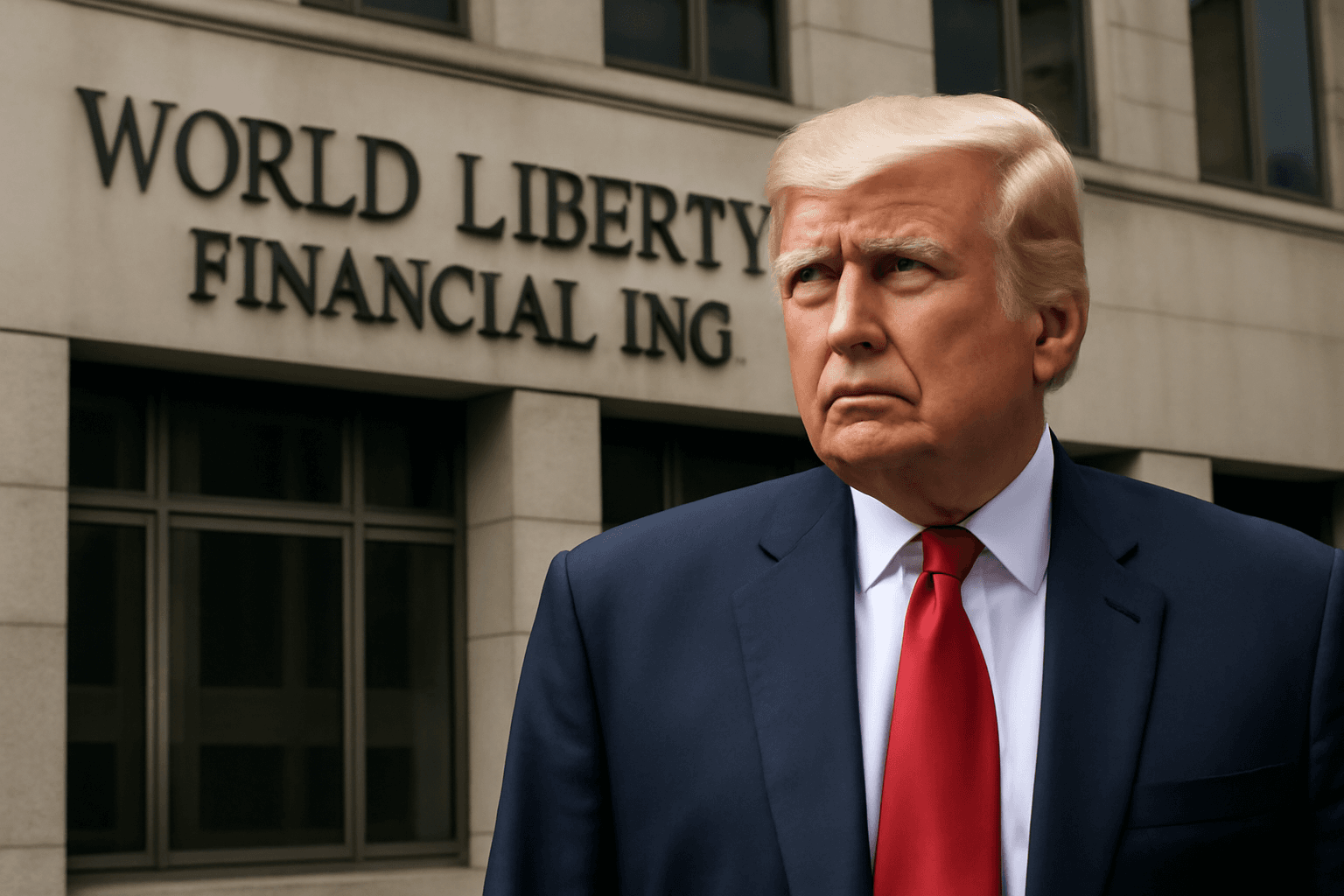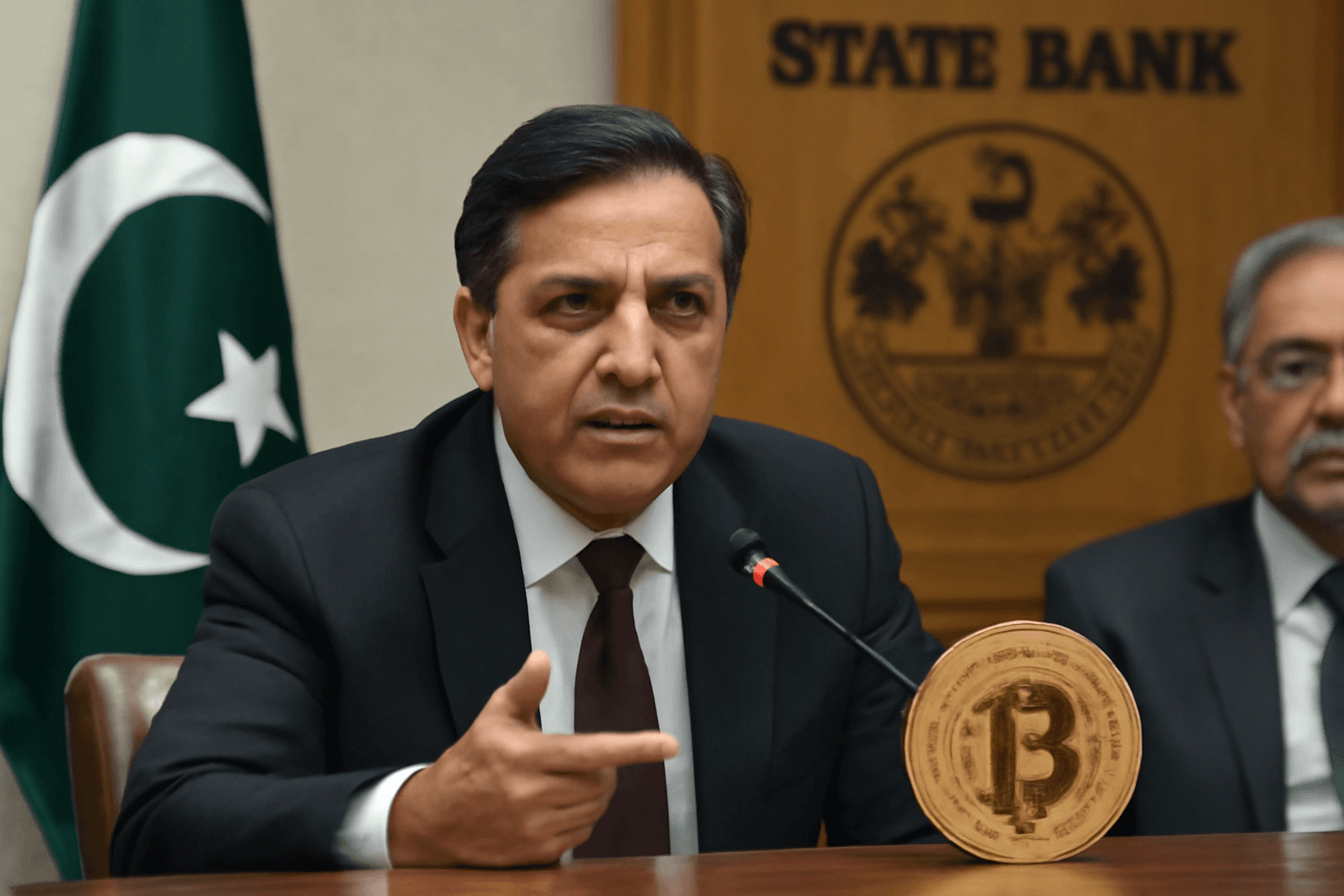Pakistan’s Economic Crossroads: From Rupee Crisis to Blockchain Hope?
As Pakistan grapples with a crippling economic downturn marked by inflation and currency devaluation, an ambitious pivot toward cryptocurrency and blockchain technology is emerging—not as a choice, but as a desperate survival strategy. This shift, underscored by high-profile partnerships with El Salvador and the Trump-backed World Liberty Financial (WLF), raises important questions: Can crypto offer Pakistan a financial lifeline, or is it heading toward a precarious blockchain gamble?
Severe Economic Strain Fuels Search for Alternatives
Pakistan’s macroeconomic landscape is fraught with uncertainty. With foreign exchange reserves dwindling to just $10 billion—barely sufficient for three months of vital imports—and a staggering external debt exceeding $131 billion, the nation’s fiscal challenges are intensified by geopolitical tensions, especially concerning strained relations with India and implications for the agricultural sector.
The IMF’s $7 billion bailout has kept the country afloat for now, but experts warn this lifeline is fragile. Inflation has soared, peaking at 38% in 2023, and the Pakistani rupee has depreciated over 165% since 2017, leaving many citizens’ savings rapidly eroding. Faced with these realities, decentralized financial systems like cryptocurrencies have gained traction as potential refuges for preserving wealth.
Crypto Adoption Soars Despite Government Bans
Despite official prohibition on digital currency trading, Pakistan ranks eighth globally in crypto adoption. Estimates suggest Pakistanis hold between $20-25 billion in cryptocurrency assets. This underground uptake reflects a grassroots movement where crypto is less a speculative investment and more a critical financial tool, enabling citizens to hedge against the weakening rupee and transact across borders amidst capital controls.
The government’s attempt to tighten regulations in April 2023 by reinforcing the ban has not deterred this surge. Instead, it has driven crypto markets underground, showcasing a citizenry increasingly reliant on decentralized finance (DeFi) protocols for economic survival.
Government Reversal: From Rejection to Regulation and Engagement
Signaling a pragmatic shift, Pakistani authorities have established the Pakistan Virtual Assets Regulatory Authority and are preparing to launch a Central Bank Digital Currency (CBDC) within the year. These steps indicate a movement toward formalizing crypto within the national financial architecture.
Further cementing this trajectory is the Pakistan Crypto Council, led by CEO Bilal Bin Saqib, who has inked Letters of Intent with El Salvador—the first nation to make Bitcoin legal tender—and the World Liberty Financial (WLF) organization. Saqib described the El Salvador partnership as a "strategic relationship rooted in innovation, inclusion, and shared learning," citing its bold experiment as an inspirational, if controversial, model.
El Salvador’s Lessons: Inspiration or Cautionary Tale?
While El Salvador’s Bitcoin experiment initially garnered global attention for its groundbreaking adoption of crypto as legal tender, it has faced significant hurdles. Low adoption rates, fears over Bitcoin’s price volatility, and persistent technical troubles with the government-backed Chivo wallet have led to a partial rollback of the initiative.
For Pakistan, this prompts a critical reflection: should the country embrace a model that faces operational problems and social skepticism? Experts caution that blindly replicating El Salvador’s approach without addressing foundational economic challenges might amplify risks rather than mitigate them.
The Trump-Backed WLF Agreement: Innovation or Political Risk?
Adding complexity to the narrative is Pakistan’s emerging partnership with the World Liberty Financial (WLF), a DeFi platform reportedly backed by the family of former U.S. President Donald Trump. This collaboration promises to accelerate blockchain innovation and stablecoin utilization, including regulatory sandbox trials for blockchain financial products and tokenization of real estate assets to enhance liquidity.
High-level meetings involving Pakistan’s top military and government officials underscore the seriousness of this engagement. However, aligning closely with politically charged entities like WLF carries geopolitical implications, especially considering fluctuating U.S. domestic politics and international financial watchdog concerns.
Balancing Hope with Real Risk
While optimism around digital assets as a means to stabilize Pakistan’s economy is palpable, the risks are substantial. The insufficient regulatory framework leaves room for fraud, money laundering, and capital flight, threatening financial security. The volatility inherent in cryptocurrencies could erode wealth overnight, engendering public mistrust.
Moreover, international financial institutions may view aggressive crypto adoption skeptically, complicating Pakistan’s access to crucial aid and funding. Relying heavily on crypto risks overshadowing necessary, traditional economic reforms—such as enhancing exports and strengthening agriculture—that are essential for long-term stability.
A Nation’s Financial Future at a Crossroads
Pakistan is, in many ways, running out of conventional options. The government’s increasing embrace of crypto reflects a strategic bet on digital currencies to provide inclusivity, innovation, and financial resilience. However, this bet is fraught with uncertainties, demanding clear regulatory oversight and cautious implementation.
As Pakistan charts its course through economic turmoil, its experience will offer a vital case study for developing economies contemplating blockchain solutions. Will this digital leap help Karachi and Islamabad steer clear of fiscal collapse, or will it plunge the nation into deeper instability? The world watches—and waits.
Editor’s Note
Pakistan’s engagement with cryptocurrencies encapsulates the broader global tensions between traditional financial systems and emerging decentralized technologies. The country’s pivot towards blockchain reflects both its economic desperation and a recognition of crypto’s disruptive potential. However, the critical question remains: can Pakistan harness these innovations responsibly without exacerbating its vulnerabilities? As digital currencies increasingly shape the financial landscape, Pakistan’s journey underscores the urgent need for sound regulation, international cooperation, and transparent governance. Readers and policymakers alike should reflect on the delicate balance between innovation and risk in the pursuit of economic stability.

